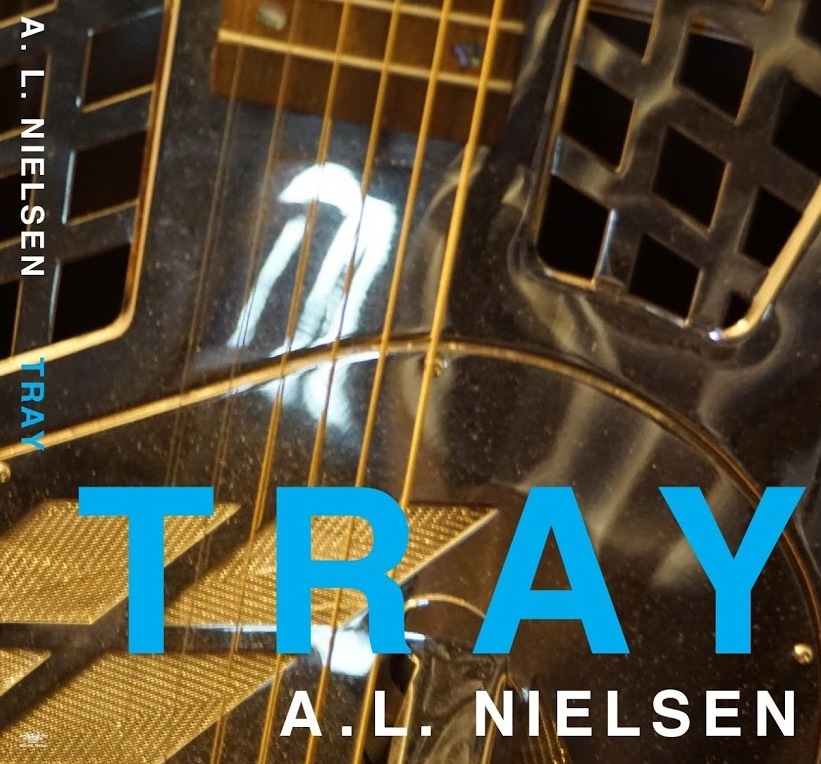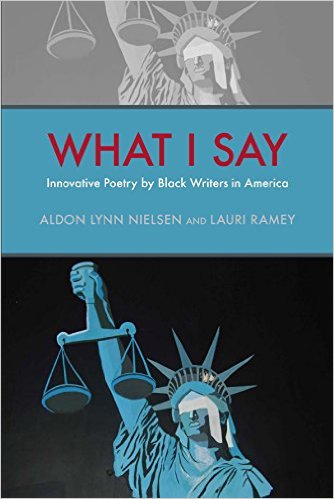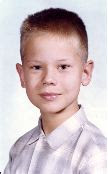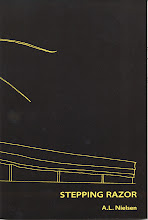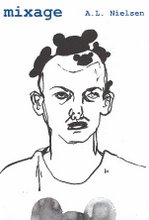Didn't have time to get my neurons modulated, but had a wonderful time at the conference.
Karen Tei Yamashita gave the opening night reading, from her book I Hotel.
Next morning kicked off with the business meeting of the African American Literature and Culture Society.
The Amiri Baraka Society, formed at last year's conference in Boston, sponsored two panels this year, with a particular emphasis on Baraka's connections to San Francisco. I was called upon to step in when Sonia Sanchez was unable to attend due to health issues, and I spoke about Baraka as teacher, centering on my experience with him at George Washington University.
The Awards reception for the African American Literature and Culture Society was more than usually emotional this year. We had just lost our dear colleague Consuela Francis. Our memorial tribute to her set the tone for the evening. This year's Darwin Turner Award went to Richard Yarborough, with a presentation by Mary Helen Washington. The Stephen Henderson Award was presented to Fred Moten, who himself grew emotional when remembering his mother, a teacher, and her responses to his early work.
Saturday wound up with the double force of a panel on the work of Anne Waldman, followed by a rare ALA third night reading featuring Waldman.
Maybe it was the afterglow of Waldman's reading, but it seems to be another Summer of Love in San Francisco.























































